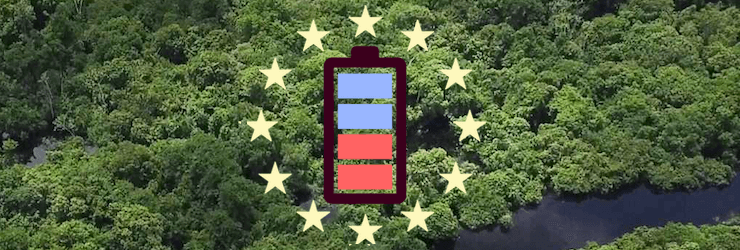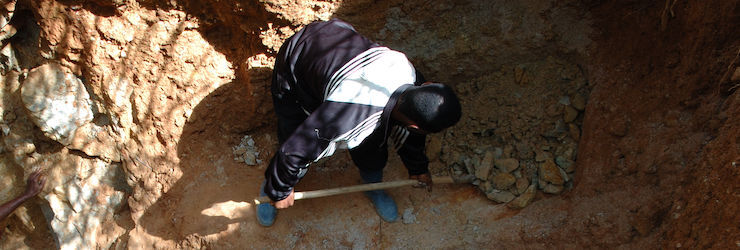Resource efficiency stands for the relationship between natural raw materials or technical-economic materials and the benefits gained from their use, whether in production or consumption. The aim is to maximize the benefits of products or services while minimizing consumption and waste. The less energy and material required to produce a product the better.
Continued worldwide population growth is resulting in a global increase in demand for products and associated resources. Currently, our society consumes more resources than the earth can provide and renew. Improved efficiency can counteract the increasing consumption of raw materials.
Goals of Resource Efficiency in Manufacturing Processes
By using a broad range of methods and approaches to achieve material & energy efficiency, potential savings can quickly be identified and successfully realized.
- Energy efficiency: Reducing energy consumption
- Material efficiency: Avoidance of material waste and losses and reduction of the use of operating and auxiliary materials
- Cost efficiency: Cost savings through less energy and material use
- Reduction of negative environmental impacts: Achieving CO2 savings by sparing resources
Further Details on Resource Efficiency
The Need for Efficiency
A responsible approach to the environment and the raw materials extracted from it is more important today than ever before. The protection of natural resources is essential from both an ecological (environmental & nature conservation) and social perspective.
Raw materials are the basis of our prosperity and must be preserved both to protect the climate & environment and for future generations. Renewable raw materials in particular play a key role here.
In addition to water, soil, air and biological diversity, raw materials are natural resources. Raw materials are unprocessed or only slightly processed materials that are used in production processes in industry & trade. For example rare earths, ores or even energy sources.
Resource Efficiency – more than energy savings
Energy efficiency is often the entry point into the topic, because with good energy management, savings can often be achieved quickly. But what if the so-called "low hanging fruits" have been worked off?
Then it is worth taking a look at material efficiency. This is often where further efficiency potential is hidden. Material losses are particularly inefficient if the material has already been on a long journey along the value chain - because the Product Carbon Footprint that the material brings with it is correspondingly large. These so-called "hidden costs" can be uncovered by a precise analysis of the material flows, e.g. with the help of Material Flow Cost Accounting (MFCA).
Critical Consideration
Increased resource efficiency often results in a price reduction for a good or service, which in return increases demand. This can result in an overall increase in resource consumption. This effect is called the rebound effect or Jevons' paradox.
Therefore a sustainable corporate strategy should not only focus on the principle of efficiency. There are three basic principles of sustainable resource consumption:
- Resource efficiency: Reduction of resource consumption for fixed output
- Resource consistency: Use of renewable or recycled resources
- Resource sufficiency: Limitation of resource consumption
According to the principle of sufficiency, the absolute consumption of resources must also be reduced so that future generations can have a fair share in the use of natural resources. This is the only way to decouple growth and prosperity from the use of natural resources in the long term at a macroeconomic level and to strengthen competitiveness.
We Support You Saving Energy, Costs & Material
Our Sustainability Consulting Services
As an all-round experienced team of efficiency experts, process and environmental engineers, we support you every step of the way on the way to more sustainable and resource-efficient production. > To Our Sustainability Consulting Services
Our LCA Software
Our LCA software Umberto brings resource efficiency and life cycle assessment together. This means that not only resources and costs can be saved, but environmental impacts can also be considered and optimized. > To Our LCA Software




.png)

